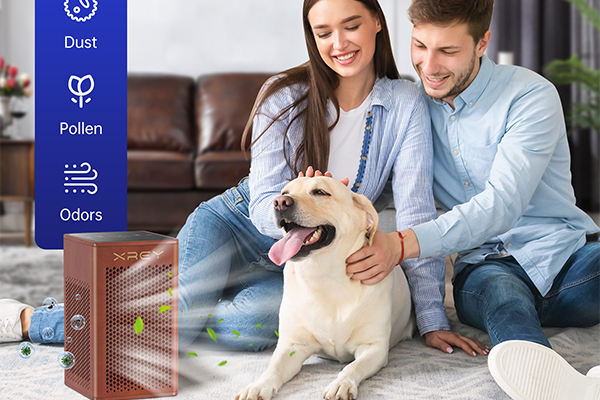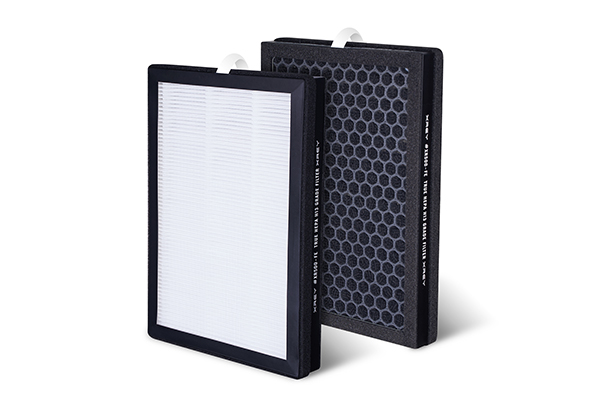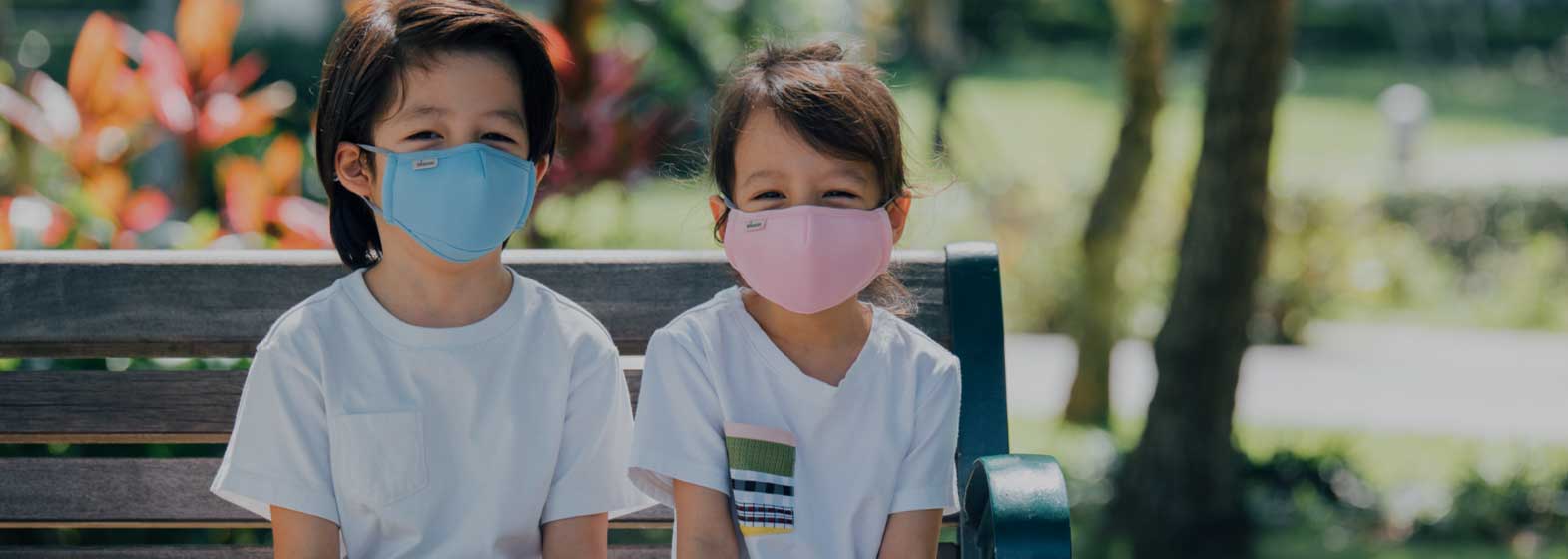
UV Radiation From Sunlight Reduces COVID-19 Transmission
- Connexions
- 2021-02-17
- 2279
Researchers at UC Santa Barbara have found evidence that the spread of COVID-19 is sensitive to UV exposure. While this suggests that COVID-19 may vary with the seasons, there are other seasonal factors — such as temperature, specific humidity and precipitation — whose effects are uncertain given the available data. The results appear in the Proceedings of the National Academy of Sciences.
“Related species of coronavirus — like SARS from 2003 and MERS from 2012 — turned out to have weak relationships with temperature and humidity, but were sensitive to UV radiation,” said coauthor Kyle Meng, an environmental economist in UC Santa Barbara’s economics department and at the campus’s Bren School of Environmental Science & Management.
Meng, together with Tamma Carleton, also at the Bren School, Peter Huybers and Jonathan Proctor from Harvard, and Jules Cornetet at France’s École Normale Supérieure Paris-Saclay, sought to explore the relationship between UV radiation and the spread of COVID-19 by constructing a high-resolution global dataset of daily COVID-19 cases.
Many papers compare different locations to get a sense of how the disease reacts to various environmental conditions. But this approach introduces a host of potentially confounding factors into statistical models, such as health care quality, income and cultural norms.
Meng offers the more temperate United States and more tropical Brazil as examples. “The U.S. and Brazil are different for all kinds of reasons,” he said. “They have different economic conditions and institutions in addition to different environmental conditions.” These distinctions, he said, prevent a clean comparison of the spread of COVID-19 based solely on environmental conditions.
To circumvent this issue, the team conducted a longitudinal study, essentially comparing many populations to themselves over time. So, rather than compare Brazil to the U.S., they would compare communities within Brazil to themselves at a different time, when local environmental conditions changed. “We basically ask whether daily fluctuations in environmental conditions experienced by a population affect new COVID-19 cases up to two weeks later,” Meng explained.
To accomplish this, the researchers needed a lot of data. Unfortunately, when the team began their work, international COVID-19 datasets, like that of John’s Hopkins, provided data only at the country level. Records with finer resolution were scattered across different agencies and institutions in a variety of languages and formats.
“We took many disparate datasets from different countries’ statistical agencies and harmonized them to create a global dataset composed of over 3,000 spatial units,” Carleton said. The authors then used a dataset of meteorological conditions with daily resolution to match local environmental conditions to daily COVID-19 case counts.
The researchers applied a suite of statistical techniques to analyze how four variables — UV radiation, temperature, humidity and precipitation — correlated with the daily growth rate of COVID-19 cases, a measure for how rapidly the disease was spreading in a region. They also estimated the lag time between changes in environmental conditions and possible effects on recorded COVID cases, which could be significant given the virus’s four to seven-day incubation period along with additional delays due to testing.
The team found evidence that a location’s UV exposure significantly affects COVID-19 transmission. A change in UV exposure by 1 standard deviation (roughly equal to the difference in UV between May and June in Los Angeles) reduced the growth rate of new cases by around 1 percentage point over the following two weeks. That could bring down COVID-19 growth rates from an average daily increase
-
 2022-04-26Are air purifiers environmentally friendly ?
2022-04-26Are air purifiers environmentally friendly ? -
 2022-04-26The importance of wearing a mask correctly
2022-04-26The importance of wearing a mask correctly -
 2022-04-27Connexions Air H13 True HEPA Filters
2022-04-27Connexions Air H13 True HEPA Filters -
 2022-04-29What is the use of anion function of air purifier?
2022-04-29What is the use of anion function of air purifier? -
 2022-05-08Standardize the wearing of masks, children should not be missed!
2022-05-08Standardize the wearing of masks, children should not be missed! -
 2022-05-16Hazy days, air purifiers are useful?
2022-05-16Hazy days, air purifiers are useful? -
 2022-05-16Attention everyone! Don't buy fake FFP2 masks! How do we identify?
2022-05-16Attention everyone! Don't buy fake FFP2 masks! How do we identify? -
 2022-05-17Pay attention to secondary pollution when using air purifiers
2022-05-17Pay attention to secondary pollution when using air purifiers -
 2022-05-17TOP5 pollutants that the purifier can purify
2022-05-17TOP5 pollutants that the purifier can purify
-
 2020-06-02Why do Face Masks Matter With This Coronavirus
2020-06-02Why do Face Masks Matter With This Coronavirus -
 2020-06-02How to Wear Mask
2020-06-02How to Wear Mask -
 2020-06-02Three Principles of Choice of Masks
2020-06-02Three Principles of Choice of Masks -
 2020-06-022020 Situation of Mask Market
2020-06-022020 Situation of Mask Market -
 2020-06-17What other preventative measures can you take to protect yourself from airborne substances?
2020-06-17What other preventative measures can you take to protect yourself from airborne substances? -
 2020-06-08The Advantage of Disposable Face Masks
2020-06-08The Advantage of Disposable Face Masks -
 2020-06-093 Ply Disposable Face Mask & Soft & Comfortable Ear Loop
2020-06-093 Ply Disposable Face Mask & Soft & Comfortable Ear Loop -
 2020-06-17What are the regulations for surgical face masks?
2020-06-17What are the regulations for surgical face masks? -
 2020-06-09Do I need to wear a face mask if I am quarantined?
2020-06-09Do I need to wear a face mask if I am quarantined?
CONTACT US


Connexions Technology (Dongguan) Ltd.
We are always providing our customers with reliable products and considerate services.
If you would like to keep touch with us directly, please go to contact us
